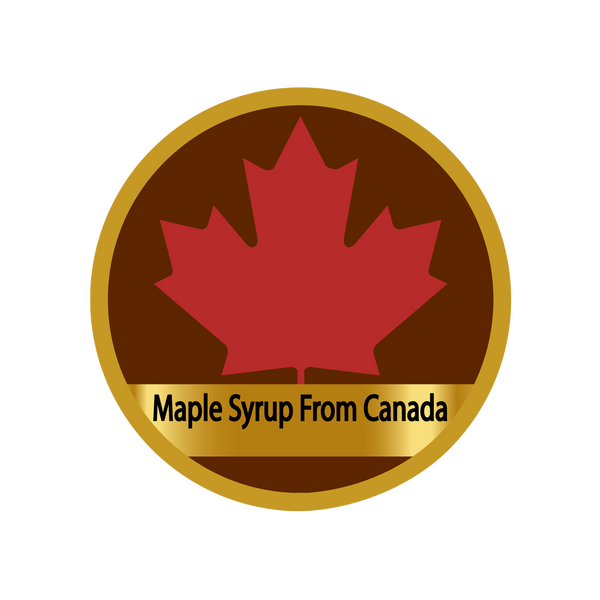Exploring Maple Syrup Grades: Flavor Profiles and Culinary Applications
Maple syrup comes in different grades, each with its own distinct flavor profile and characteristics. These grades are typically categorized based on color, flavor intensity, and translucency.
1. Golden/Delicate (Grade A Light Amber):
Price: Most expensive
Flavor Profile: Delicate and mild flavor, with subtle maple notes and a light, golden color.
Applications: The light flavor of golden maple syrup makes it ideal for recipes where a delicate touch of maple sweetness is desired. It works well in beverages like herbal teas, lemonades, and light cocktails. It's also suitable for drizzling over fresh fruits, yogurt, and desserts.
2. Amber/Rich (Grade A Medium Amber):
Price: Really expensive
Flavor Profile: A richer and slightly more pronounced maple flavor than the delicate grade, with a medium amber color.
Applications: Amber maple syrup is versatile and works in a range of beverages. It can enhance the flavor of coffee and espresso-based drinks, such as lattes and cappuccinos. Its slightly more robust flavor makes it suitable for marinades, salad dressings, and glazes in savory dishes.
3. Dark/Robust (Grade A Dark Amber):
Price: expensive
Flavor Profile: Stronger maple flavor with deeper caramel undertones and a dark amber color.
Applications: Dark amber maple syrup brings a bold maple character to beverages like craft cocktails, dark beers, and aged spirits. Its intensity also pairs well with robust flavors, making it suitable for barbecue sauces, roasted vegetables, and hearty dishes.
4. Very Dark/Strong (Grade B or C):
Price: affordable
Flavor Profile: The strongest and most intense maple flavor, with robust caramel and molasses notes, and a very dark color.
Applications: Very dark maple syrup is often used as a flavor enhancer in recipes where its intense sweetness and deep flavor are desired. It can add complexity to robust beverages like stouts and dark ales. In cooking, it can be used for baking, glazing meats, and creating rich dessert sauces.
5. Processing Grades (Commercial and Processing):
Price: Cheapest Grade (Half the price of the top quality Golden)
Flavor Profile: These grades are generally less defined in terms of flavor and are often used in food manufacturing and processing due to their consistent properties. This is the grade that failed classification done by ACER. This grade has flavor defects.
Applications: Processing grades are commonly used in industrial applications, such as adding sweetness to products like baked goods, snacks, and sauces. They might also be used as sweeteners in certain beverage formulations.
It's important to note that while the above descriptions provide general guidelines, the flavor of maple syrup can still vary based on factors such as the specific source, terroir, and processing techniques used by different producers. When incorporating maple syrup into beverages and food, consider these variations and experiment to find the ideal grade that complements the intended flavor profile of your creations. Whether it's for a delicate infusion or a robust enhancement, there's a maple syrup grade to suit every culinary and beverage application.
